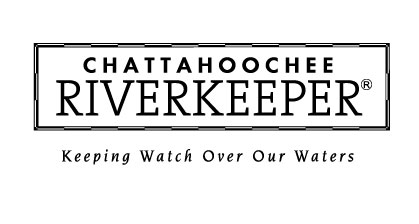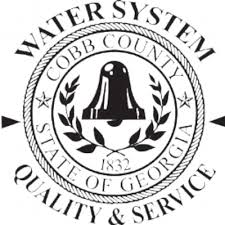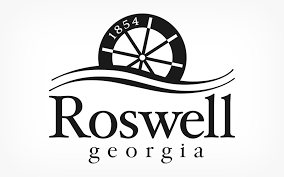The BacteriALERT program originated in response to historically high levels of fecal indicator bacteria in the Chattahoochee River National Recreation Area (CRNRA). This was significant because water-based recreational in water bodies with fecal contamination can expose people to a variety of pathogens that may cause illness.
The BacteriALERT program monitors Escherichia coli (E. coli) bacteria concentrations at three locations on the Chattahoochee River. The locations of the monitoring encompass a 28-mile stretch of the lower portion of the CRNRA. Monitoring started in October 2000 at two long-term USGS monitoring stations, Chattahoochee River near Norcross (Medlock Bridge) and Chattahoochee River at Atlanta (Paces Ferry). A third station was added in May 2016 at Chattahoochee River at Powers Ferry. The Powers Ferry station is located near a popular river access area downstream of Morgan Falls Dam where the majority of the recreation in the CRNRA occurs. It was added to better inform recreators of bacteria concentrations in the lower section of the park.
Streamwater samples are currently collected at each of the three USGS stations once per week and analyzed for E. coli. The results of the analysis are posted to the BacteriALERT website. Due to the time required to process and incubate the bacteria samples, E. coli results are not available until approximately 18 hours after the samples are collected at each station. Furthermore, short-term increases in bacteria levels can occur due to stormflow from localized rainstorms and sanitary sewer overflow events (Gregory and Frick, 2000). Therefore, the samples collected the day before may not be representative of the current E.coli concentrations.
To provide more timely water-quality advisories to recreational users, the USGS developed predictive models of E. coli concentrations on the Chattahoochee River at the Norcross and Atlanta stations (Lawrence, 2012). These models were updated in 2020 and include a model for the more recently added Powers Ferry station (Aulenbach and McKee, 2020). The BacteriALERT network ensures short-term increases in bacteria levels associated with tributary stormflows and other factors are publicly available as estimates. These estimates are verified by the weekly samples. When the E. coli concentration estimated by one of the models exceeds the U.S. Environmental Protection Agency (EPA; 2012) designated Beach Action Value (BAV) criteria for E. coli bacteria of 235 colony forming units per 100 mL of water, a health advisory is posted for that location. The CRNRA then cancels all Park-led water-based recreational activities in that stretch of the CRNRA. Concessionaires (for example, rafting, kayaking, and tubing outfitters) utilizing the Park are required to notify their clients of possibly unsafe water-quality conditions.
The BacteriALERT program and is a public-private cooperative project with the National Park Service, the Chattahoochee Parks Conservancy, the Chattahoochee Riverkeeper, the City of Roswell, Ga. Water Utility, the Cobb County Water System, and the U.S. Geological Survey.
- Aulenbach, B.T., and McKee, A.M., 2020, Monitoring and real-time modeling of Escherichia coli bacteria for the Chattahoochee River, Chattahoochee River National Recreation Area, Georgia, 2000–2019: U.S. Geological Survey Open-File Report 2020–1048, 43 p., https://doi.org/ 10.3133/ofr20201048.
- Gregory, M.B., and Frick, E.A., 2000, Fecal-coliform bacteria concentrations in streams of the Chattahoochee River National Recreation Area, Metropolitan Atlanta, Georgia, May–October 1994 and 1995: U.S. Geological Survey Water-Resources Investigations Report 2000–4139, 8 p., accessed April 20, 2020, at https://doi.org/10.3133/wri20004139.
- Lawrence, S.J., 2012, Escherichia coli bacteria density in relation to turbidity, streamflow characteristics, and season in the Chattahoochee River near Atlanta, Georgia, October 2000 through September 2008—Description, statistical analysis, and predictive modeling: U.S. Geological Survey Scientific Investigations Report 2012–5037, 81 p., accessed April 20, 2020, at https://doi.org/10.3133/sir20125037.
- U.S. Environmental Protection Agency [EPA], 2012, Recreational Water Quality Criteria: U.S. Environmental Protection Agency Office of Water report number 820-F-12-058, 63 p., assessed April 20, 2020, at https://www.epa.gov/sites/production/files/2015-10/documents/rwqc2012.pdf.





